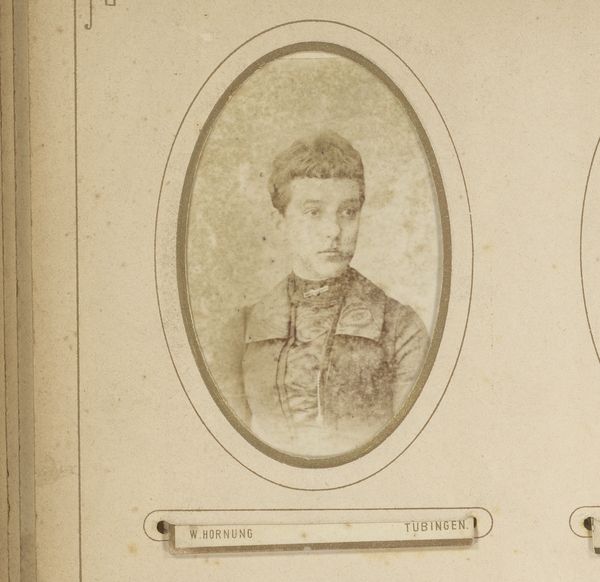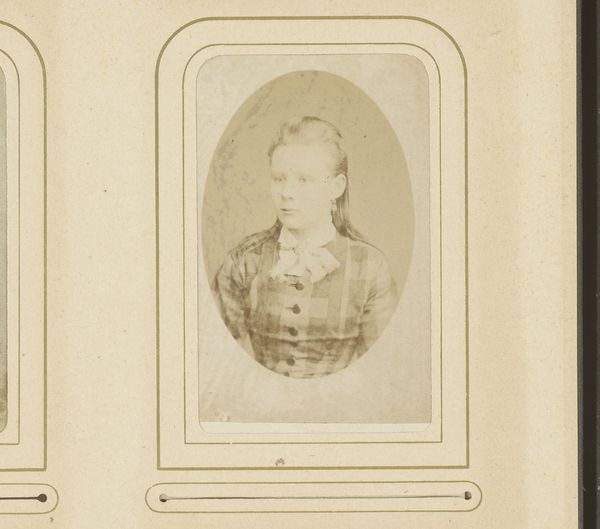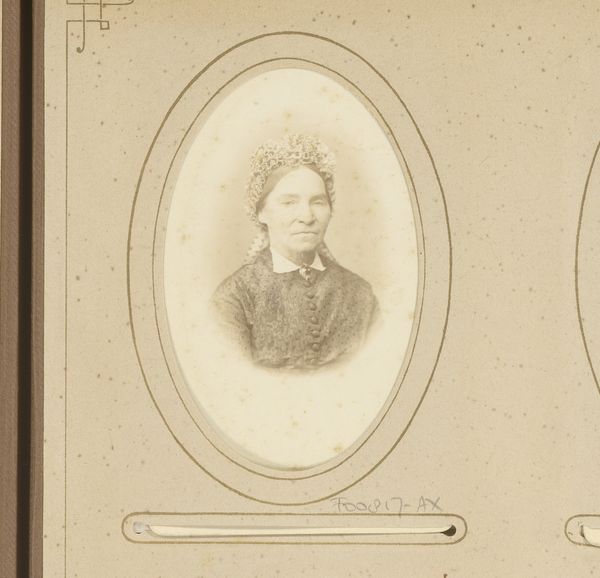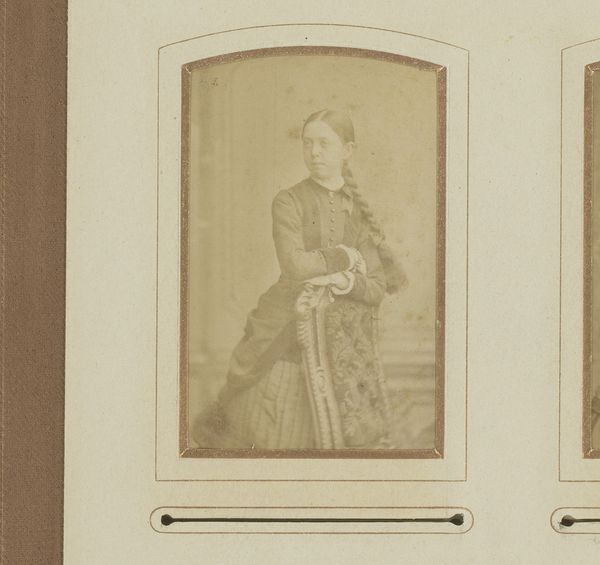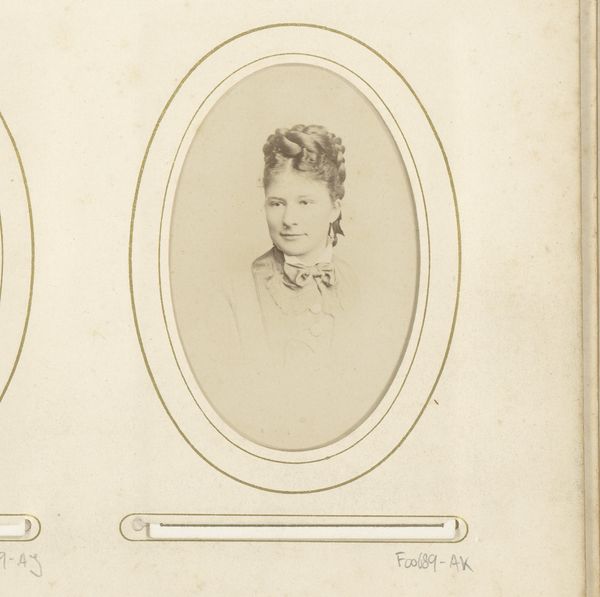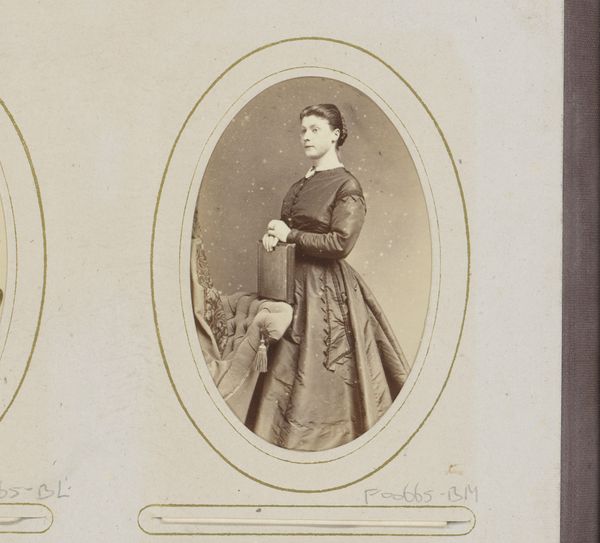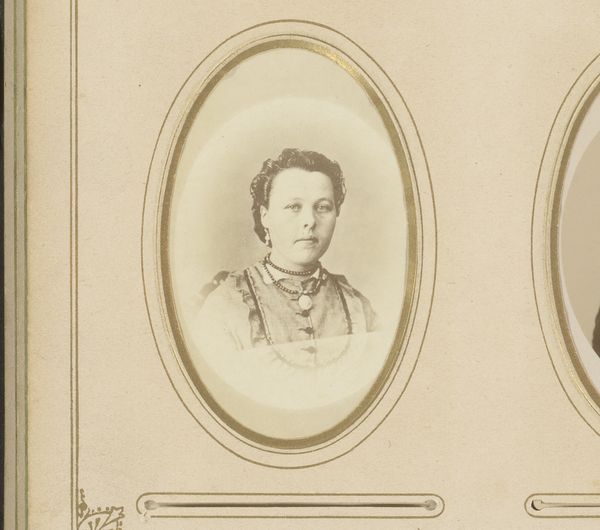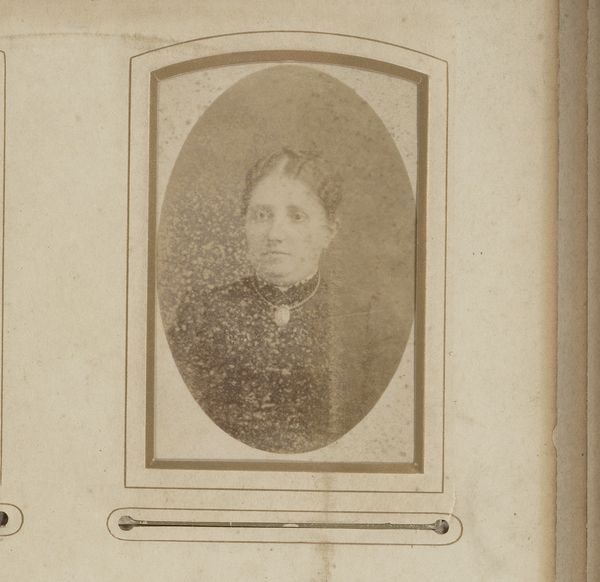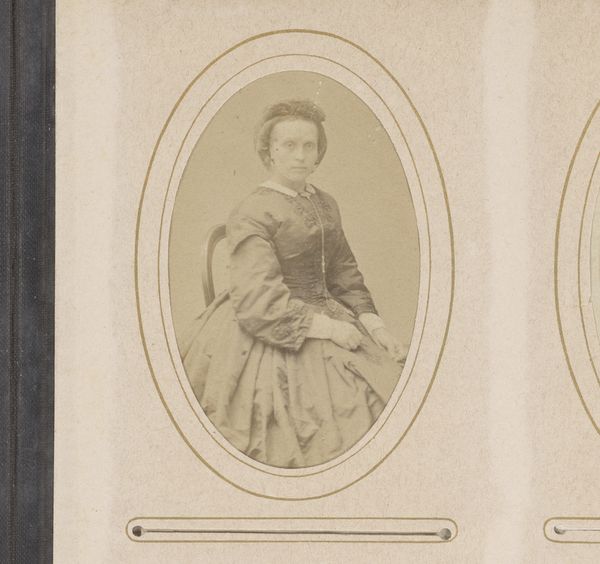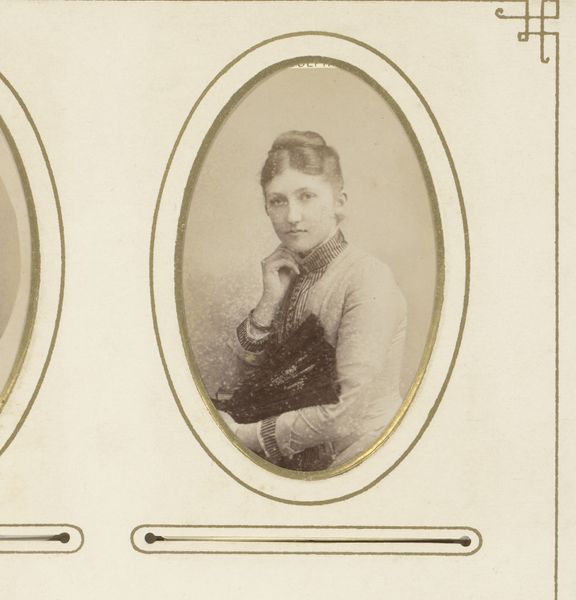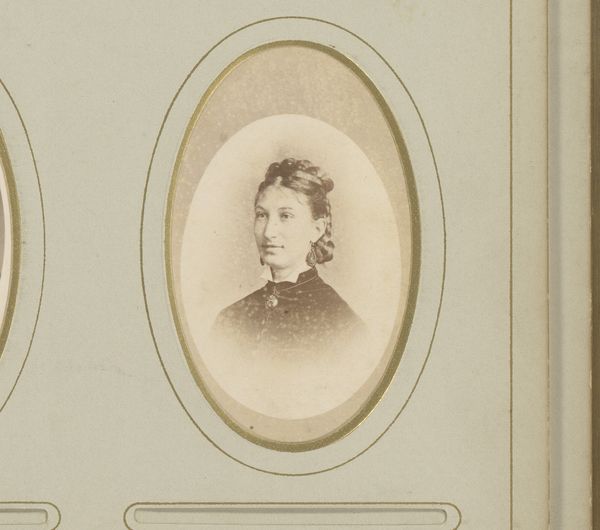
photography
#
portrait
#
photography
#
19th century
#
realism
Dimensions: height 82 mm, width 53 mm
Copyright: Rijks Museum: Open Domain
This photographic portrait, likely made in the late 19th century by Herman Salzwedel, captures a woman in a dress adorned with embroidery. The photographic process itself is critical to understanding this work. Photography democratized portraiture. Before, only the wealthy could afford to be captured by a skilled painter. Photography, however, offered a relatively accessible means of immortalizing oneself. The rise of photography studios coincided with the growth of a middle class eager to participate in cultural practices previously reserved for the elite. Consider the embroidered details of the woman’s dress. Embroidery, traditionally a handcraft, speaks to the labor and skill involved in creating decorative textiles. Whether the dress was store-bought or homemade, the embroidery adds a layer of cultural significance, reflecting the value placed on ornamentation and the artistry of needlework. The photograph, therefore, is not just an image, but an artifact reflecting broader shifts in society, technology, and the evolving relationship between art, craft, and commerce.
Comments
No comments
Be the first to comment and join the conversation on the ultimate creative platform.
